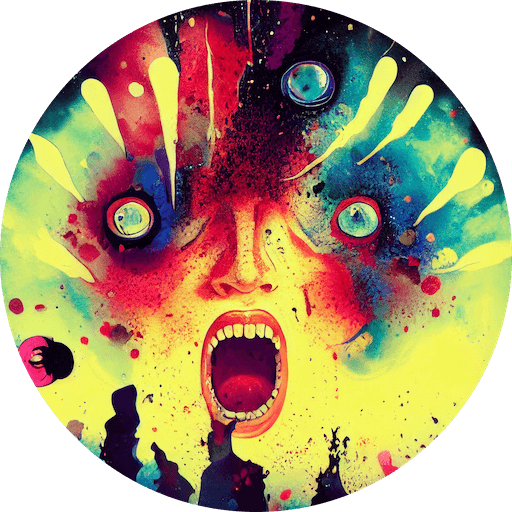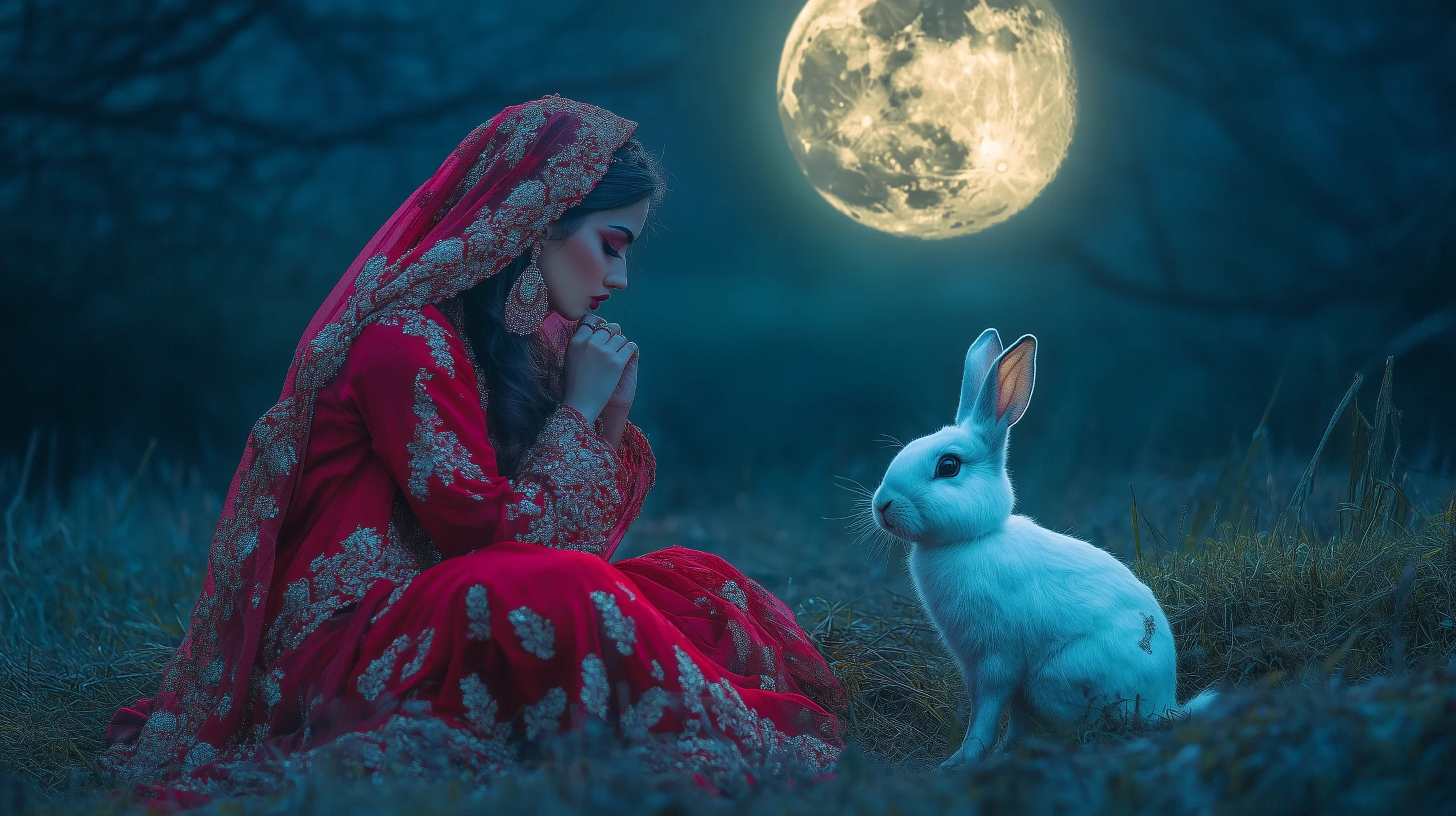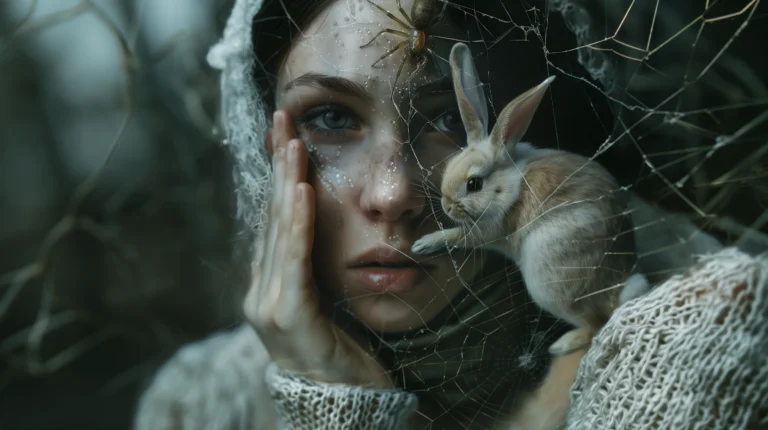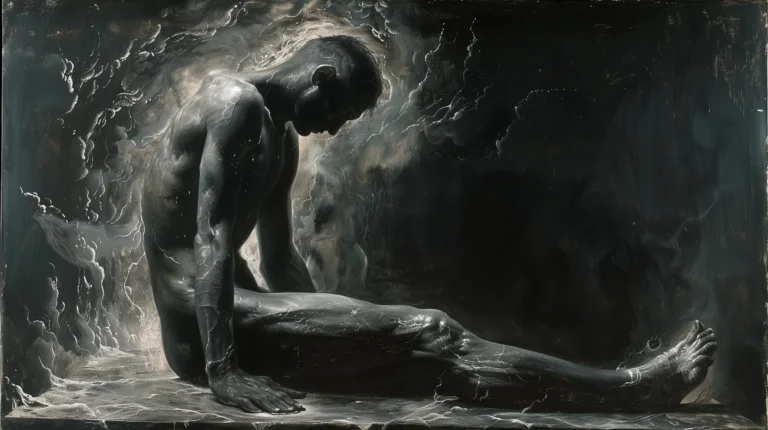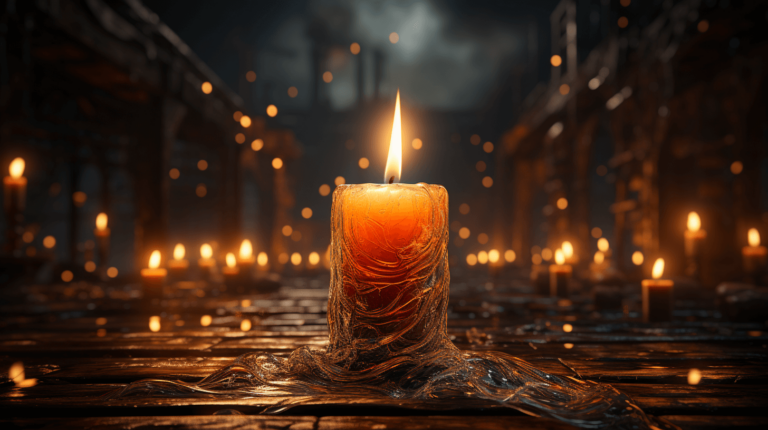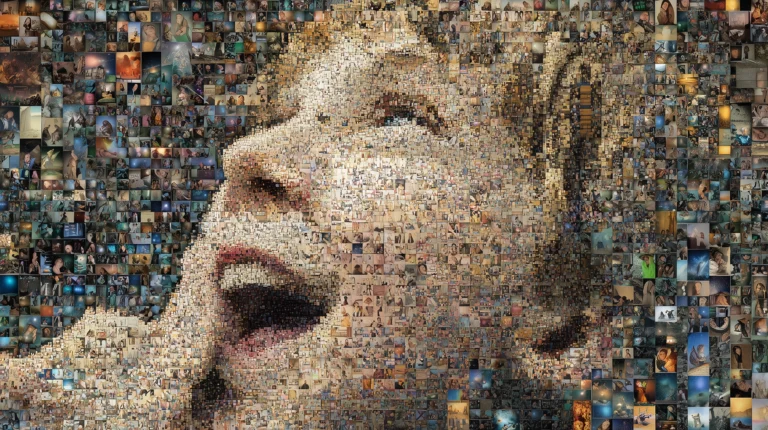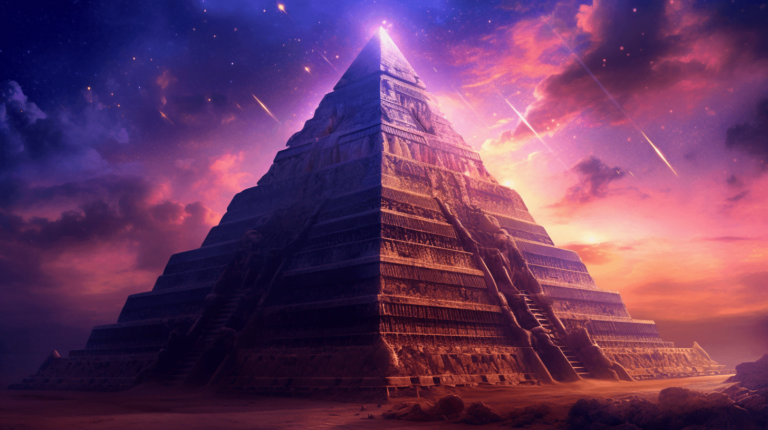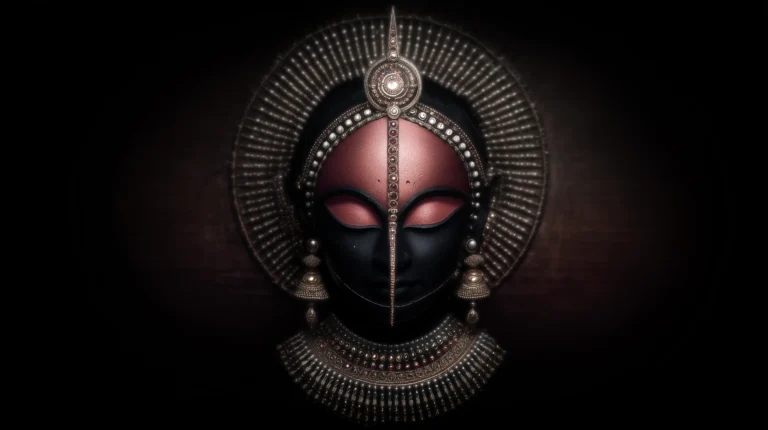The Archer, the Goddess, and the Rabbit: The Sublime Dance of Heart and Mind
The Archer, the Goddess, and the Rabbit
The Sublime Dance of Heart and Mind
The legend of Chang’e, the moon goddess, and the Jade Rabbit is one of the most beloved stories in Chinese folklore, celebrated especially during the Mid-Autumn Festival. In the tale, Hou Yi, the master archer, shoots down nine burning suns to save the earth, embodying heroic action and mastery over destructive forces.
As his reward, he receives the elixir of immortality. But when Hou Yi becomes a corrupt ruler, Chang’e drinks the elixir herself, not out of selfishness, but as an alchemical act of sacrifice — to rise beyond corruption, to preserve balance, and to embody the eternal feminine principle.
On the moon, she lives in solitude, accompanied only by the Jade Rabbit, who tirelessly pounds the elixir of life, symbolizing the quiet work of transformation. This myth offers not just a cultural treasure, but deep psychological and spiritual meaning, reflecting the human journey of sacrifice, transcendence, and the humble daily labor of inner growth.
Yin, Yang, and the Inner Balance
The legend of Chang’e and the Jade Rabbit also mirrors the ancient principle of yin and yang, the dynamic interplay of feminine and masculine energies within nature and the human psyche. In the yin-yang symbol, yin (dark, receptive, feminine) holds within it a small spark of yang (light, active, masculine), and vice versa.
In the story, Hou Yi, the heroic archer, embodies the outward masculine force, active, powerful, protective. But when this masculine energy becomes corrupted, turning toward domination and excess, the remedy is not direct confrontation but retreat. Chang’e, the feminine principle, rises beyond, entering the yin space of solitude, reflection, and balance.
Yet within her lunar world, there remains the small, tireless action of the Jade Rabbit, the masculine spark within yin. The rabbit’s quiet, repetitive labor of pounding the elixir symbolizes that even in stillness, transformation continues. Feminine retreat is not collapse or surrender; it is an alchemical process, where small, humble acts of inner work rebuild harmony and prepare the ground for rebirth.
Psychologically, this speaks to the need for balance when one’s inner or outer masculine force, such as ambition, aggression, or outward action, tips into shadow or corruption. The healing lies not in total rejection of action but in returning to the quiet feminine ground, where the right kind of masculine energy, patient, humble, regenerative, can support the deeper work of transformation.
In this way, the myth teaches that transcendence is not escape, and solitude is not failure. It is in the moonlit realm of yin, with the delicate spark of diligent masculine energy, that true alchemy unfolds.
Let’s look at Chang’e (the moon goddess) and the Jade Rabbit as symbols — not just mythologically, but psychologically and in terms of personal growth.
Chang’e (嫦娥): Psychological & Personal Symbolism
Sacrifice and Separation
Chang’e drinks the elixir and rises alone to the moon. Psychologically, this represents the journey of separation: leaving behind comfort, even love, to follow a greater calling. It’s the part of you that sacrifices short-term pleasure for long-term transformation.
Loneliness and Reflection
Living alone on the moon, Chang’e becomes a symbol of isolation but also of deep introspection. Personal development often involves facing solitude, where you meet your authentic self beyond social roles.
Immortality and Transcendence
She rises beyond mortality. In psychological terms, this mirrors the ego’s transformation — when you stop clinging to temporary achievements and begin seeking deeper, timeless truths, like purpose, wisdom, or spiritual fulfillment.
The Feminine Principle
She embodies yin energy: receptivity, intuition, and the quiet power of the subconscious. Yet within this stillness lives a gentle spark, like the Jade Rabbit’s tireless work, reminding us that inner growth balances reflection with small, steady acts of transformation.
Jade Rabbit (玉兔): Psychological & Personal Symbolism
Diligence and Service
The Jade Rabbit’s constant work — pounding herbs for the elixir — symbolizes dedication. It’s the part of you that keeps showing up, doing the small, repetitive, humble tasks of self-improvement.
Alchemy of Transformation
Making the elixir of life is an alchemical image: transforming base material into spiritual gold. Psychologically, it’s about turning your daily life, your flaws, your struggles, into tools for inner growth.
Selflessness and Purity
The Jade Rabbit’s myth of sacrificing itself for the Jade Emperor reflects the purity of heart and service. Personal development often requires moving beyond selfish goals toward contributions that serve others or the greater good.
Companionship in Solitude
On the moon, the Jade Rabbit is Chang’e’s only companion. Symbolically, it’s the inner helper, the gentle part of you that supports you when you feel alone on the journey.
Summary for Personal Development
Together, Chang’e and the Jade Rabbit reflect two essential forces in personal growth:
- The heroic, feminine transcendence (leaving behind, rising beyond, connecting to the eternal)
- The humble, dedicated work (small, repetitive, transformational effort that keeps you grounded)
This myth teaches that true growth is both cosmic (transcending ego) and grounded (doing the daily work). You rise, but you also labor. You become immortal not by escaping the world, but by transforming it inside you.
In the end, we are reminded that transformation is not about seizing the spotlight or forcing destiny. True strength lies in humility, in knowing when to step back, when to serve quietly, and when to hold space with grace. It is through patient, steady devotion that life’s deeper harmony unfolds.
When we surrender the restless need to dominate, the ordinary becomes luminous. The mundane becomes sublime. Even the smallest acts, a whispered word, a quiet labor, a humble offering, become doorways to the eternal.
To walk the path of the moon goddess and the rabbit is to discover that the sublime is not beyond life but within it, where heart and mind move as one. The heart, a luminous goddess, holds the vastness of feeling. The mind, a tireless rabbit, shapes the elixir of becoming.
In this union, cosmic individuality awakens, and the quiet nudges of existence gently shape the ordinary into the sublime.
How does the archer become the rabbit?
At first glance, Hou Yi the archer and the Jade Rabbit seem like separate figures, but psychologically, they are linked energies, two phases of the same masculine force shifting across the journey of transformation.
Hou Yi begins as the embodiment of yang, heroic action, outward mastery, conquering destructive forces, shooting down the burning suns to save the earth. Yet when this powerful masculine energy becomes corrupted, turning to tyranny, Chang’e does not confront it head-on. Instead, she transcends it, escaping into the yin realm of the moon.
But the pure masculine spark is not lost. It reappears within the yin space as the Jade Rabbit, now refined and humbled. No longer grand or aggressive like Hou Yi, the rabbit becomes small, repetitive, steady, focused not on outward conquest but on quiet inner transformation, tirelessly pounding the elixir of life.
Psychologically, this reveals a truth: when the outward heroic masculine overreaches, the path forward is not to destroy yang but to transform it. The archer’s restless energy shrinks down, softens, and reemerges as a supportive force within yin, where it becomes the diligent labor that supports alchemical change.
In this way, the myth teaches that the archer and the rabbit are two faces of masculine strength, one for outer victory, the other for inner alchemy. And in the end, as always, the inner becomes outer, the outer becomes inner, and the cycle continues.
This reflects the timeless truth that our inner transformations shape how we act in the world, and our outer experiences, in turn, guide us back inward, weaving the endless dance of growth and renewal.
In short, the more trauma is generated, the more trauma must be healed on the collective level, for we all share in one conscious field. What one part wounds, another must mend, and every gain or loss ripples through the whole.
What is planted deeply cannot be pulled out.
What is held firmly cannot slip away.
The work you do today shapes the lives of your children and theirs.If you live the Tao in yourself, it becomes real.
If you live it in your family, it brings harmony.
If you live it in your village, it spreads widely.
If you live it in your nation, it becomes strong.
If you live it in the world, it touches everything.So the self becomes the pattern for the family.
The family becomes the pattern for the village.
The village becomes the pattern for the nation.
The nation becomes the pattern for the world.How do I know this is true?
Because I see it in how things move and grow.—Tao Te Ching, Chapter 54
Part 2: From Rot to Renewal: The Alchemy of the Dark Feminine
